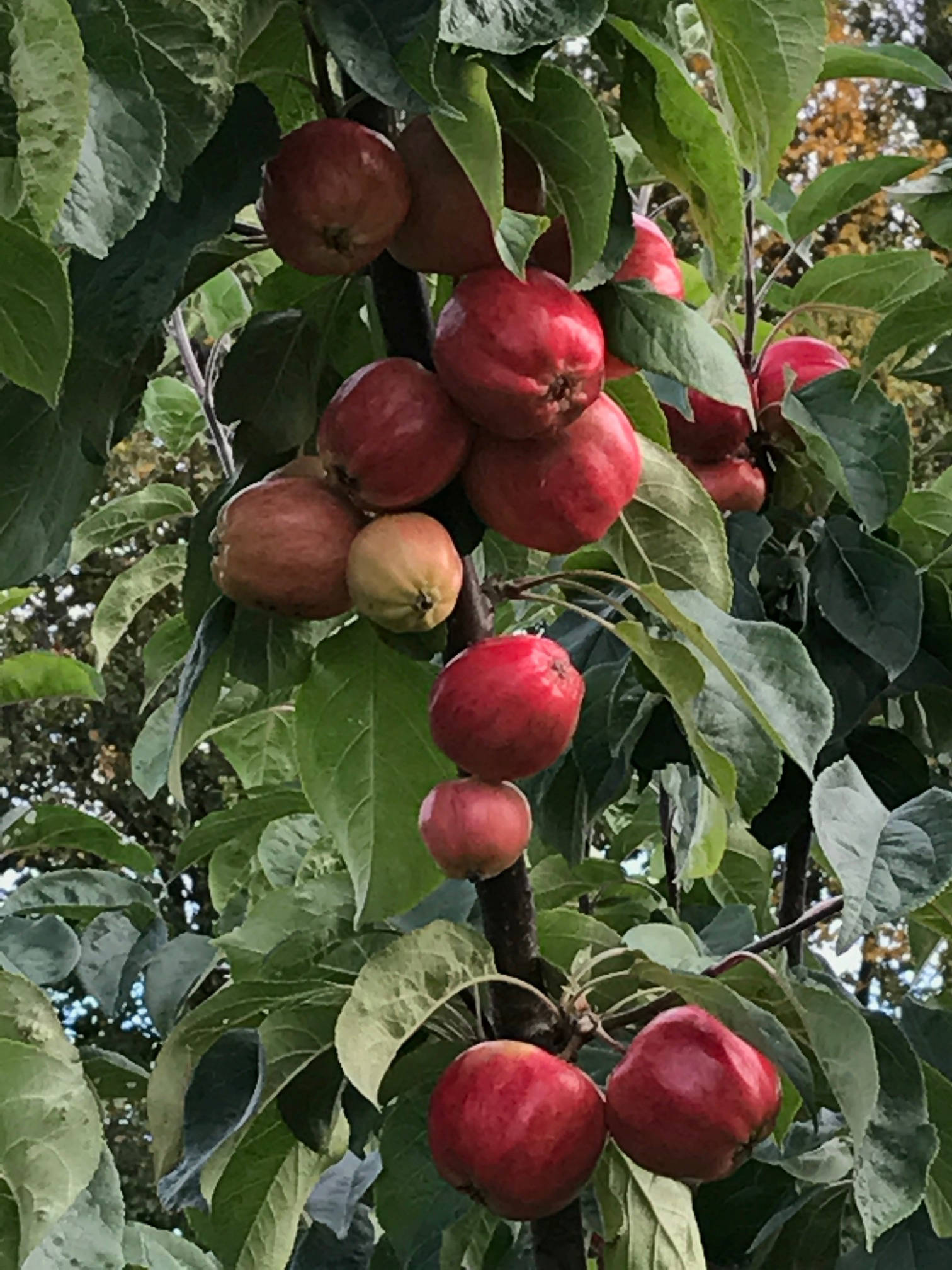This would be an ideal time for you to pick out a spot on your lawn and turn it into a vegetable patch. Seriously. Now.
Gather up a few pieces of cardboard, moisten it, lay it on top of the grass, throw some dirt on to hold it down and, come spring, you will be able to plant into the new bed. No rototiller, no digging up sod. Just a nice little space where you can plant a little of this and that, preferably edibles.
There. Now do it.
Same goes for a greenhouse. If you have been giving one of these lip service forever now would be an excellent time to take action. Get it situated now so it will be ready to plant come spring.
That said, this season has wound down, most decidedly. I’ve taken in the tuber begonias albeit as far as the covered porch where they will stay until their foliage has died back. Once that happens I’ll bring them to the basement where they will dry completely. Then I’ll put each one into its own brown paper bag, label it, put it on a shelf, and wait, patiently, for next growing season. They don’t take up any windowsill space. Don’t need watering or tending of any kind all winter long. Excellent.
These are the only hold over plants I have. They have proven the easiest and most successful for me. They grace the window box on the north side of the house, out of direct sun and wind. I mix in lobelia and pansies and whatever else catches my eye and they offer a warm welcome to guests and, really, to us when we walk up to the entry.
Think about this when you plan a flower bed. Don’t you want to be greeted by something lovely after a long day at work or wherever? And, unlike a dog, you don’t need to immediately take it for a walk.
I’ve been working in the perennial beds. Most of the johnny-jump-ups have been pulled out although that doesn’t address the myriad seeds that they threw. I am determined that next year I will stay ahead of these cuties. Too much of a good thing is just too much. I’m also considering cutting back dramatically on annuals. These are the plants that last one season, go to seed and either resurrect the next season as seedlings or not. The plant itself will be gone.
There are so many annuals to love. They provide color when the perennials are done with their show.
And, if you keep them deadheaded, will bloom right up to now. Can’t ask for more. BUT — there is too much of everything out here. Enough is enough. I will be more selective. I have always and forever said that I like a lot of one thing. I like a statement. Not this year. Too much of this and that, here and there. Change in a garden is fun. Every year is different. There is no telling what the winter will bring, what will survive, what will thrive. One can only wait and see.
The perennial beds are suffering from my indiscriminate taste. Too crowded so not much really reached potential. The big disappointment this year were the columbine. I had carefully chosen them for color and height, started them from seed, gave thought to placement. The first year all was well and this year they crossed colors offering no real color at all. They were all pale versions of their former selves. Ghosts.
I’m hoping the recent frost will slow down the peony foliage so I can cut it back and burn it. Don’t add this to your compost or leave it in situ. Botrytis is a fungal disease that can put an end to your peonies and the best way to avoid this is to remove and destroy the foliage, but you have to wait for it to die back and mine are looking hale and hardy. Once it dies, cut it right down to the ground. Peonies are relatively easy but their few needs must be met for success. Also peonies are big plants and the ones in the perennial beds have shaded out any annuals that I put in there. I need to rethink this and, fortunately, I have the whole winter ahead of me to do so.
Next year’s vegetable plot is already mapped out. I try to rotate crops but, really, the vegetables that grow best, and that we eat the most of are in the brassica family (broccoli, cabbage, kale, cauliflower, etc.) so rotating can get tricky when the garden is on the small side like ours. So a lot of thought goes into what goes where. Having this arranged before next year is one less thing to hassle over come spring when everything happens at once. Also, the compost and aged manure has been spread over the raised beds so everything will be ready to go come spring.
John has managed to get in a good pile of horse manure so it can sit around aging. There is some out there that is three years old and looks just like very nice dirt. Lovely.
Next on the agenda is the annual cleaning of the tools. I like to give them a good going over with a wire brush, wipe them down with linseed oil, sharpen them and hang them up for the season. What a feeling of accomplishment.
Keep weeding. It may be a bit chilly but it isn’t over yet.
Rosemary Fitzpatrick is a longtime Homer gardener and has been writing Kachemak Gardener since 1990.



